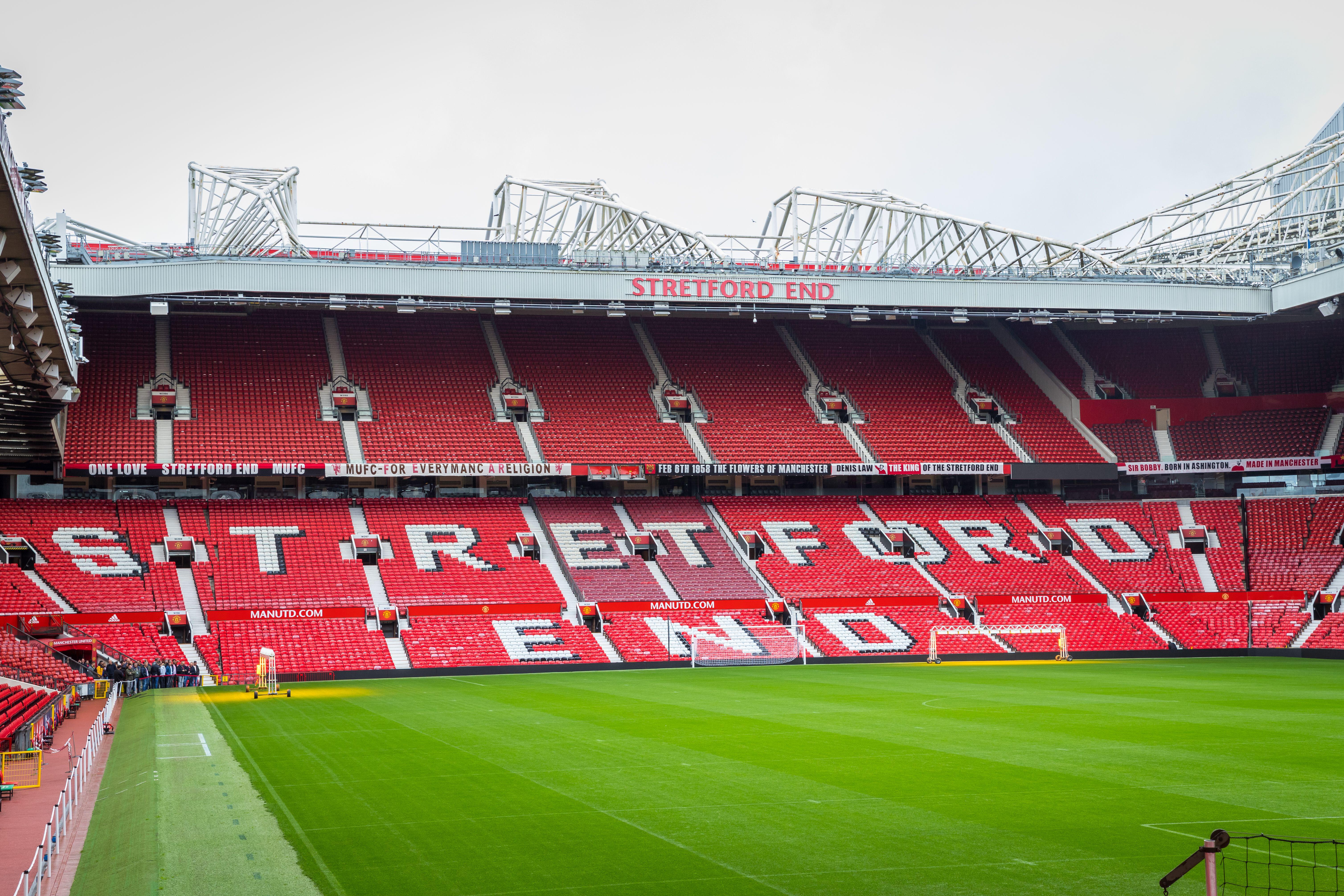
The LFP plan, in part a response to UEFA's financial fair play initiative which seeks to encourage clubs to compete within their means, is not rigorous enough and leaves too much wiggle room for heavily-indebted clubs, analysts said.
According to the LFP, which wants the rules on "investment in the first-team squad" written into a sports law to be introduced this year, the calculation of income would include extraordinary items such as the sale of players and real estate.
Financial experts say this would enable clubs to continue running deficits, encourage reliance on one-off sources of revenue and give clubs with a more valuable pool of assets an unfair advantage over rivals.
It was also a risky strategy at a time when Spain was recovering from its worst recession in at least 50 years and the collapse of the real estate market.
"You can't include extraordinary items because then the budget planning numbers would be completely skewed," Jose Maria Gay, a professor of economics at the University of Barcelona and an expert on football finances, told Reuters.
"The sale of players or real estate happens only once in a while and the amount the clubs generate from these sources has diminished," he added.
"The calculation of revenue must be based on ordinary income otherwise it would be a fatal mistake."
The best features, fun and footballing quizzes, straight to your inbox every week.
OFFSET DEFICITS
Many Spanish clubs that lack the vast earning power of Real Madrid and Barcelona, who topped Deloitte's latest European football money league published this month, find it impossible to maintain a competitive squad without running a deficit.
One reason Real and Barca dominate is that they negotiate their television deals individually, unlike clubs in rival European leagues, and show no sign of relinquishing the duopoly.
The LFP, which wants a transition period for the new rules of at least two to three years, declined to give a total debt figure for the 20 clubs in Spain's top division, saying to do so would be to "distort reality" and that debt was shrinking.
However, according to Gay's estimate, La Liga clubs are close to 4 billion euros in the red and their spending last season of 1.7 billion comfortably outstripped income of 1.55 billion.
Total debt in Spanish football, including second and third-tier clubs, was close to 5 billion euros.
"Only if you sell players or real estate will it be possible to offset the deficits and generate liquidity to pay off debts," Gay said.
Angel Barajas, a professor of economics at the University of Vigo and football finance expert, said any assessment of a club's spending should also include win-bonuses and amortisation of transfer fee costs.
A fixed limit of 70 percent did not seem fair as Real and Barca would have an even bigger advantage in spending power, in absolute terms, over other clubs, he added.
"Spanish clubs competing in Europe could also find themselves at a disadvantage to other European clubs," he told Reuters. "You'd have to think about some sort of system of staggered limits that would take this into accou
